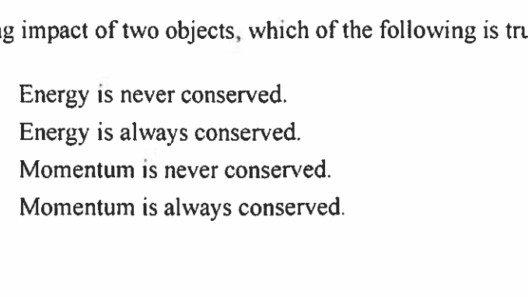When one peers into the fascinating world of fluid dynamics, questions arise that challenge our understanding of fundamental principles. Consider for a moment: how does a siphon function without contravening the law of conservation of energy? This question not only plunges us into the intricate dance between physics and nature but also unveils the wonders that fluid mechanics has to offer. Let us embark on a journey that unravels this conundrum while navigating the principles underpinning a siphon’s operation.
A siphon is an ingenious device that allows the transfer of liquid from one container to another, typically descending in height, without the need for pumps or other forms of mechanical assistance. The quintessential siphon consists of a tube that is curvaceous, often resembling an inverted “U.” At first glance, it may appear to defy the gravitational pull that governs liquids. However, a deeper examination reveals that the siphon’s operation is a testament to nature’s equilibrium rather than a violation of energy conservation.
At the heart of the siphon’s mechanism is gravitational potential energy—an essential concept in understanding how the device works. Imagine two containers at different elevation levels: Container A is higher than Container B. Initially, the liquid in Container A is at rest, possessing potential energy due to its height. When we fill a siphon tube with liquid and submerge one end in Container A and the other in Container B, we initiate a captivating process.
To understand what transpires next, consider the forces acting on the liquid column inside the siphon. Gravity exerts a downward force on the liquid in Container A, pulling it downward. However, the liquid also experiences atmospheric pressure at both ends of the siphon. This pressure difference, combined with gravity, propels the liquid from the higher elevation (Container A) to the lower one (Container B). As the liquid flows down the siphon, its gravitational potential energy is transformed into kinetic energy, allowing the liquid to traverse across the tube.
One might pose a playful challenge here: if siphons are merely vessels for transferring fluid, why aren’t they ubiquitous in nature, exhibiting self-sustaining circulatory systems like rivers? Indeed, this curiosity leads us into discussions on energy equilibrium and external forces. The siphon does not operate independently; it relies upon the gravitational potential housed in the liquid in Container A. As the siphon empties Container A, its height decreases, and thus its potential energy diminishes. This fact highlights that, while the siphon enables fluid movement, it requires an external source of gravitational energy to maintain its flow.
Another essential consideration in this discussion is the impact of atmospheric pressure on siphonic flow. The liquid in Container B must be sufficiently lower than the surface of the liquid in Container A to ensure that evaporation or other resistance does not interrupt the flow. If the height of Container B is not adequately reconciled with that of Container A, the siphon may fail, demonstrating that siphonic action is delicate and dependent upon maintaining a relationship between gravitational potential and atmospheric pressure.
The interplay between pressure and gravitational effects is crucial not only for siphons but also for various natural reservoirs—think of groundwater flowing from high to low aquifers. Here, energy conservation reverberates through layers of soil and rock, akin to the siphon’s functioning. Thus, the siphon is not merely a laboratory curiosity; it mirrors larger ecological systems, where forces of nature balance one another in elegant harmony.
Moreover, evaluating the efficiency of a siphon entails observing the energy losses that invariably occur. Friction, turbulence, and other factors lead to a decrease in the system’s efficiency. As the liquid flows through the siphon, part of its energy is dissipated as heat due to viscous drag. Thus, the siphonic flow can be viewed through the lens of energy conservation, which accounts for energy input, conversion, and the inevitable losses throughout the journey. To address this challenge, siphons require appropriate design and execution. The tube must avoid unnecessary bends, and its diameter should be optimized to facilitate smooth flow.
In truth, what marvels the observer is not the siphon’s ability to transfer fluids but rather the principles it reveals about energy conservation, pressure dynamics, and gravitational forces. Siphons commendably utilize the natural laws governing liquids. They are manifestations of how a careful configuration can yield significant hydraulic advantages while adhering to foundational principles of physics.
As we draw our inquiry to a close, it is paramount to appreciate that the siphon exemplifies balance. It is a device of simplicity that invokes complex scientific principles enmeshed within our world. Thus, the siphon does not violate conservation of energy; it accentuates it. By transferring energy from one form to another—altering potential to kinetic—it embodies the natural ecosystem’s inherent equilibrium, reminding us to observe, learn, and respect the intricacies of life.
Understanding phenomena like the siphon fosters a greater appreciation for the environmental systems that sustain us. These principles are woven into the fabric of sustainability, urging us to consider our relationship with the resources we rely upon. The next time you encounter a siphon, take a moment to ponder the intricacies of energy transfer and the delicate balance we must strive to maintain in our natural world.








